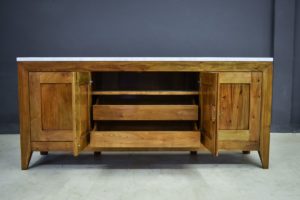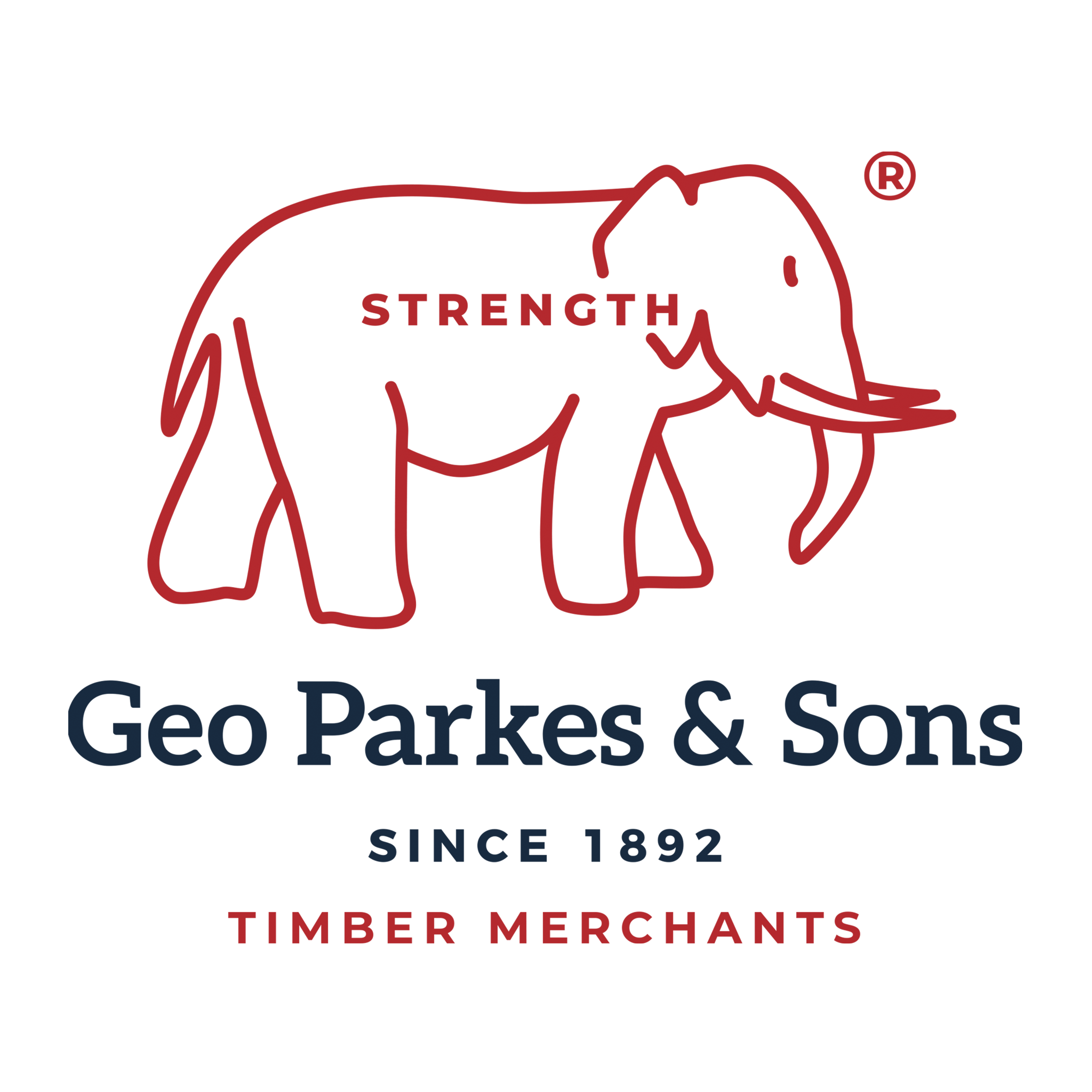WHITE ALDER | Witels | Platylophus Trifoliatus
The Tree
Endemic to the Eastern and Western Cape, in moist to wet, protected forested kloofs, in an area stretching from Piketberg to Humansdorp, mostly along rivers and streams. They have high moisture requirements and favour areas which are sufficiently humid and wet. White Alder occurs most frequently in the southern Cape forests.
The White Alder is a small to large, evergreen tree, reaching 30m tall in favourable conditions. Stems of really old trees may take on rather gnarled and grotesque forms. The bark is vertically fissured, greyish initially, becoming brownish with age. Many of the trees are multi-stemmed as a result of the trees ability to coppice. Single clean-stemmed trees are seldom found.
Growth differs depending on where the trees are growing. For example tall white alders may be found in forests, and as smaller, bushy trees, in wet forest or scrub.
Small to Large evergreen tree, reaching 30m tall
Wood varies in colour, has a straight grain with even and fine texture
Particularly suited for boat building and is also used for furniture, panelling, cabinetry, decorative veneer, joinery and turnery
The Wood
The wood varies in colour from pinkish brown or yellowish, with darker markings, to dark brown. The sapwood is yellow and not distinct. The wood varies in density, colour and hardness. The grain is straight with an even and fine texture. Old trunks that are gnarled, have an attractive bird’s eye grain.

Workability
With its fine, even grain, and sweetly scented wood, white alder is worked quite easily. Wood from trees growing in wetter areas is more durable than that from drier areas. It planes easily and takes all finishes well.

Uses
The durable nature of the wood in humid or wet conditions makes it particularly suitable for boat building. It is suitable for window and door frames, and with its beautiful grain, it is widely used for furniture, panelling, cabinetry, decorative veneer, interior cabinetry, joinery and turnery. Historically it was used for light construction, mining timber, railway sleepers, boards and planks in wagons, boat building, window frames and fence posts, and sometimes for cupboards, as well as boards for shoemakers.
